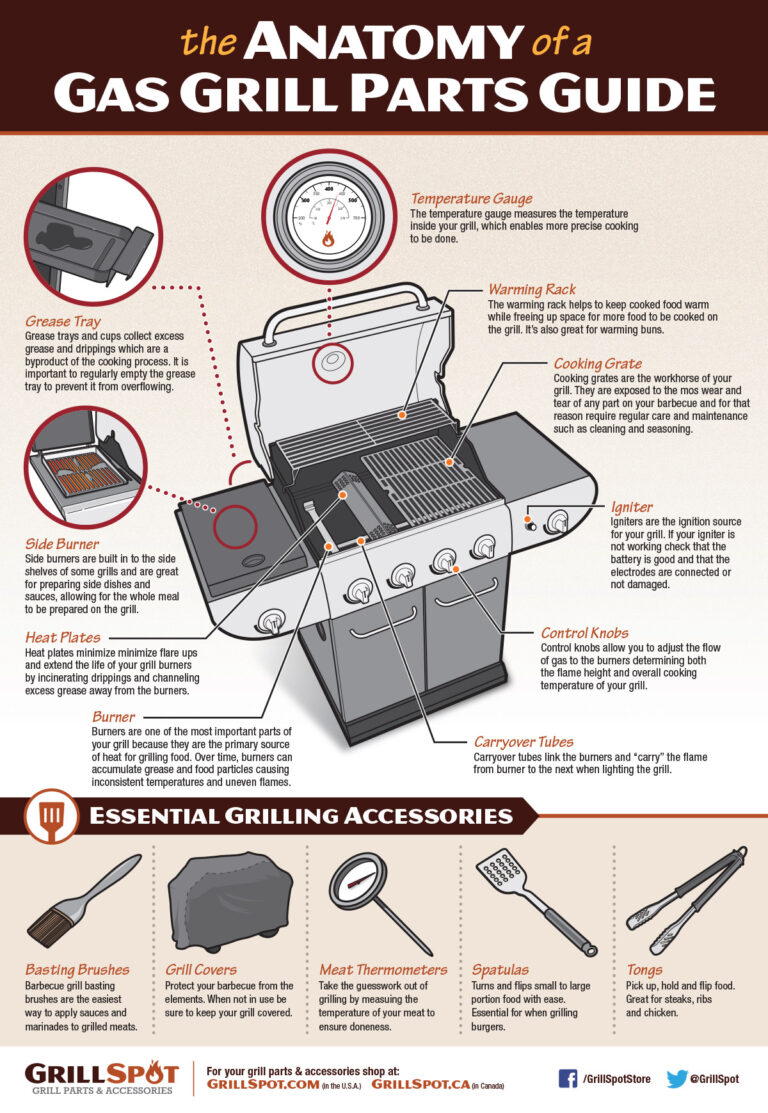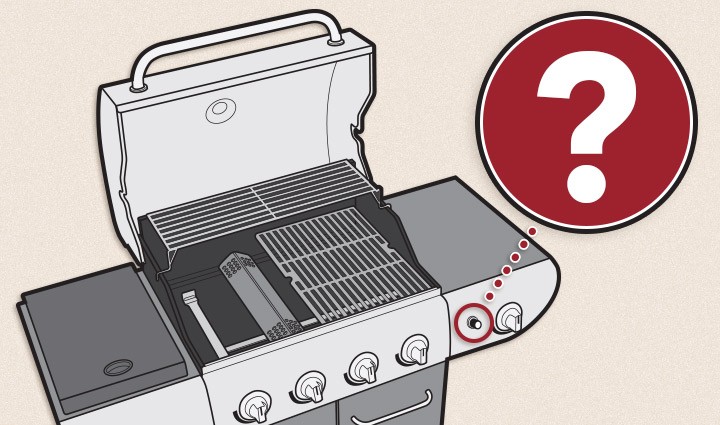Sure, you know how to grill a steak, or make a mean rack of ribs, but how well do you really know your gas grill?
Did you know that your barbecue’s grease tray or cup should be emptied on a regular basis? Do you know what those heat plates sitting above the burners actually do? How about the carryover tubes? We bet that some of you answered “No” to one or more of these questions.
Every gas grill will look slightly different, but gas grills generally aren’t very complex machines. Understanding the function of the key components of your barbecue will help you to take better care of your grill, extending its lifetime and saving you money in the long run.
We’ve created this handy gas grill “anatomy chart” to help you understand the most important parts of your gas grill. School’s in, so come on and get to know your grill.
Types of gas grill parts:
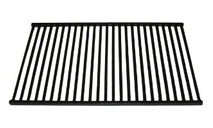
Cooking Grate
Cooking grates are the workhorse of your grill. They are exposed to the most wear and tear of any part on your barbecue and for that reason require regular care and maintenance such as cleaning and seasoning.
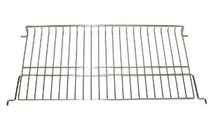
Warming Rack
The warming rack helps to keep cooked food warm while freeing up space for more food to be cooked on the grill. It’s also great for warming buns.
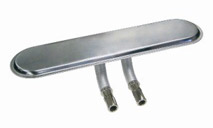
Burners
Burners are one of the most important parts of your grill because they are the primary source of heat for grilling food. Over time, burners can accumulate grease and food particles causing inconsistent temperatures and uneven flames.
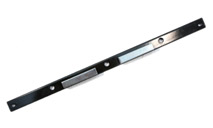
Carryover Tubes
Carryover tubes link the burners and “carry’ the flame from burner to the next when lighting the grill.
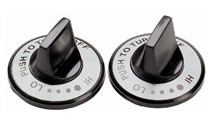
Control Knobs
Control knobs allow you to adjust the flow of gas to the burners determining both the flame height and overall cooking temperature of your grill.
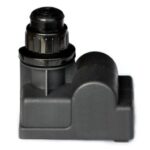
Igniter
Igniters are the ignition source for your grill. If your igniter is not working check that the battery is good and that the electrodes are connected and not damaged.
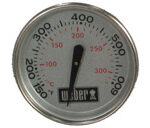
Temperature Gauge
The temperature gauge measures the temperature inside your grill, which enables more precise cooking to be done.
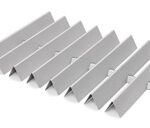
Heat Plates
Heat plates minimize flare-ups and extend the life of your grill burners by incinerating drippings and channeling excess grease away from the burners.
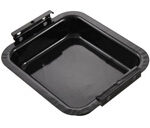
Grease Tray
Grease trays and cups collect excess grease and drippings which are a byproduct of the cooking process. It is important to regularly empty the grease tray to prevent it from overflowing.
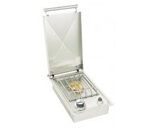
Side Burner
Side burners are built into the side shelves of some grills and are great for preparing side dishes and sauces, allowing for the whole meal to be prepared on the grill.
Take a look at our infographic to see where you might find each of these parts on your grill:
